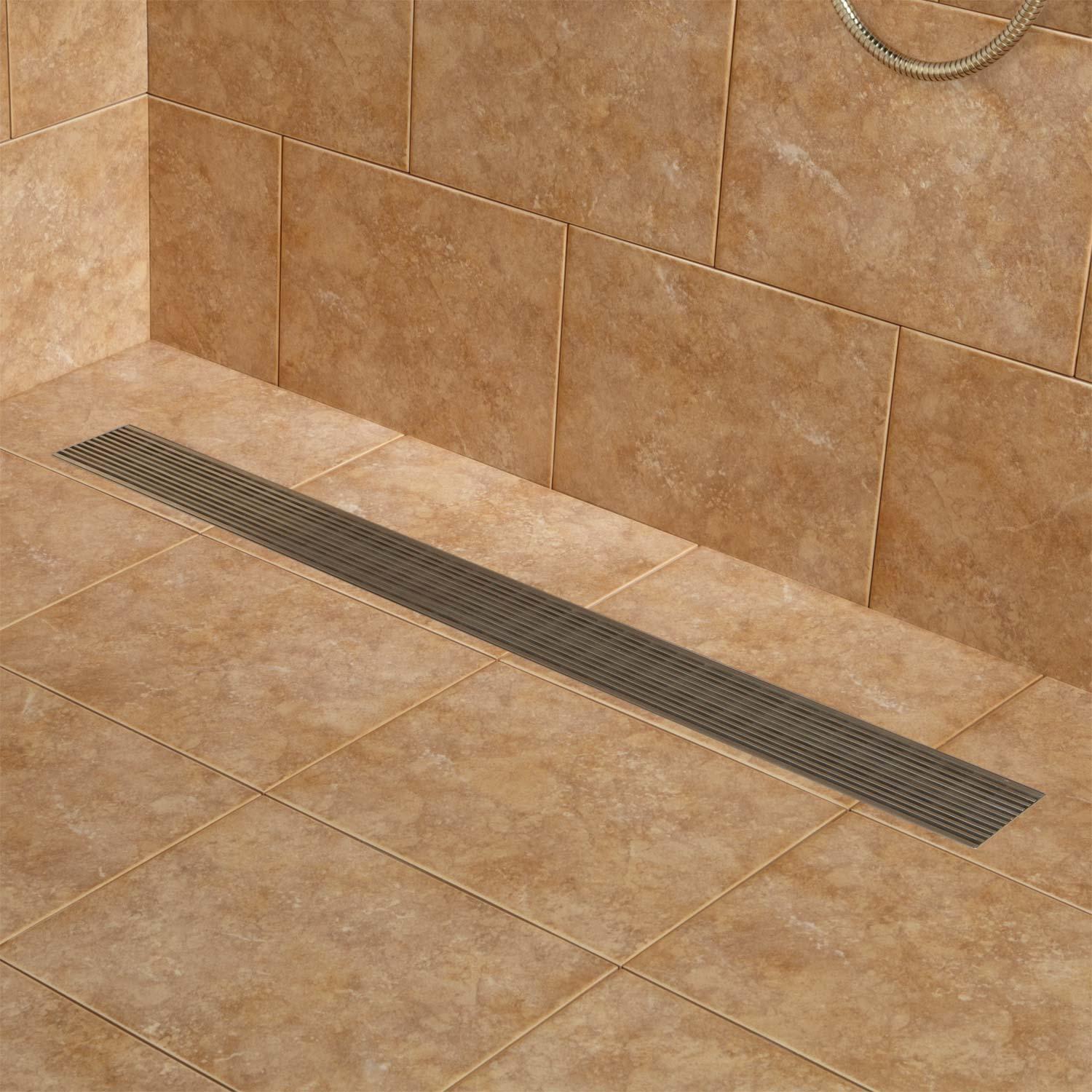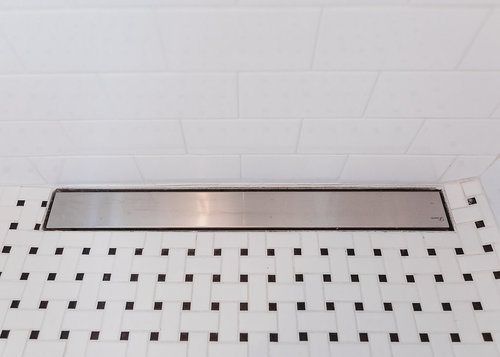Getting Hands-On-Rolling Up Your Sleeves-Digging In with Your Own-DIY-Personal Shower Drain-Bathroom Drain-Drainage System Installation-Setup-Project
Getting Hands-On-Rolling Up Your Sleeves-Digging In with Your Own-DIY-Personal Shower Drain-Bathroom Drain-Drainage System Installation-Setup-Project
Blog Article
What're your concepts on How to Install a Shower Drain?

Upgrading a restroom is one of the a lot more popular home enhancement jobs. Dealing with the plumbing for draining your shower can be exceptionally straightforward unless you go overboard.
Managing Your Own Shower Drainpipe Installation Task
You can literally develop a collection agency for your brand-new shower, however you actually require to consider it. Do you really wish to enter into the difficulties of getting the sloping right, and also seeing to it every element of it is water resistant? And I mean every facet! It is a lot easier to simply buy a pre-cast collector online or at your neighborhood Lowes, House Depot or hardware store. Structure one may seem like an excellent suggestion, yet you will probably feel in a different way after a couple of hrs.
Regardless of just how you tackle getting a frying pan, you must make every effort to utilize one that has the drain situated in the very same area as the initial pan. Moving the drain pipes can be a task, specifically if the home builder used a distinct framework framework. If you are determined to relocate the drainpipe, you are going to need to cut back the pipeline or lengthen it, which may imply destroying large pieces of the floor. Put another way, you are mosting likely to be checking out a multiple weekend task.
Presuming we have our drain lined up, the actual link is relatively straightforward. The drainage pipeline ought to be encountering vertical as much as the collection agency. It will typically resemble a "U", which implies it serves as a cleanout to maintain nasty scents from returning up from the drain. To connect the drain, you are going to develop a water tight connection in between a drainpipe cap on the top of the pan and the water drainage pipeline. Equipments differ, yet you are normally mosting likely to do this by placing a combining item on the top of the drain pipeline. This is then covered with gaskets and also literally screwed into the drainpipe cap. The drainpipe cap ought to function as a locknut, to wit, it screws straight onto the coupling.
The difficult part of this procedure is getting your drain cap to match a watertight setting in the frying pan. This is completed by withdrawing the drainpipe cap once you are sure whatever fits together. Then, you placed plumbers putty around the underside of the cap and after that screw it back on. The putty must develop a limited seal in between the cap and also the shower frying pan, which keeps water from trickling under it and into the mounting under the shower.
Certainly, shower room showers been available in a variety of designs nowadays. If you acquire an enthusiast, they generally featured plumbing guidelines or the shop can keep in mind anything unusual you ought to understand. It sounds complex, yet is commonly rather direct. Have fun!
Whether you are a bath tub or shower individual, many people look for shower just alternatives when acquiring a house. This basic fact means greater than a couple of house owners invest a weekend break updating or mounting showers in their shower rooms. Fortunately for you, it is a fairly straightforward process.
A collector or pan describes the horizontal surface situated at the end of the shower. The collection agency generally consists of a non-slip surface area slightly banked in the direction of the facility or anywhere the drain lies. Integrated with three to four inch wall surfaces around the side, the objective of your shower drainage plumbing is to obtain the water to stream to and away.
Tips for Installing a Shower Drain Assembly
Renovating a bathroom can be exciting as well as fulfilling if you’re tackling the job DIY-style. After you cross off the bigger decisions such as tile style, paint colors, and fixtures, you’ll need to finalize smaller details – such as the shower drain. In this article, we’re sharing some tips for selecting and installing the right drain assembly for your updated shower.
What is a shower drain assembly?
Shower bases or pans typically only come with a pre-drilled drain hole. Since the pan slopes toward the drain, you should consider the placement – left, center, or right – when designing your shower. You’ll need to purchase and install a shower drain assembly that connects the shower pan to the drain pipe underneath the shower. There are a few types of assemblies, which will be covered below.
Size of a shower drain
When it comes to installing drains, size matters. The recommended pipe size for a shower drain is 2 inches, whereas most tubs use 1.5-inch pipes. Why the difference?
Shower pans are shallower than tubs, so there’s a higher risk for overflow. So, the larger pipe allows for quicker draining. If you are replacing an old tub with a newer stand-up shower, you will need to make additional plumbing adjustments to accommodate the 2-inch pipe.
Types of shower drain assemblies
There are three common types of shower drain assemblies: compression shower drain, solvent-glue shower drain, and tile shower drain. The layout, design, and materials of your shower can determine which type of shower drain assembly will work best.
Compression shower drain
This type of assembly attaches to the drain pipe with compression washers and nuts. The drain fitting is typically installed into the base, and then the base is installed into the bathroom floor. This makes compression-style drains easier to install than other options, particularly if you don’t have easy access from the floor under the shower base. Drains are available in a wide range of materials such as PVC (polyvinyl chloride), ABS (Acrylonitrile Butadiene Styrene), and brass, and can be used for acrylic, fiberglass, and steel shower bases.
Solvent-glued shower drain
Made of either polyvinyl or ABS, this type of shower drain is sealed to the drain pipe with solvent glue and silicone. Since you’ll be working underneath the drain pan, we only recommend using this type of drain if you have access under the shower, such as from a basement or crawlspace. It’s also important that you match the type of plastic of the drain with the drainpipe. If you take these precautions, you can install a solvent-glued drain assembly with acrylic, fiberglass, and steel shower bases.
Tile shower drain –
Drain assemblies for custom tile showers feature a waterproof membrane liner placed between two flanges. The tile is installed on top of the liner, collecting any water that seeps through the porous grout. A metal strainer is installed in line with the tile over the drain.
https://www.epshawaii.com/blog/tips-for-installing-a-shower-drain-assembly/

We were brought to that report about Simple Steps for Installing a Shower Base from someone on another web page. Remember to set aside a second to share this entry if you liked it. Bless you for your time. Come back soon.
Report this page